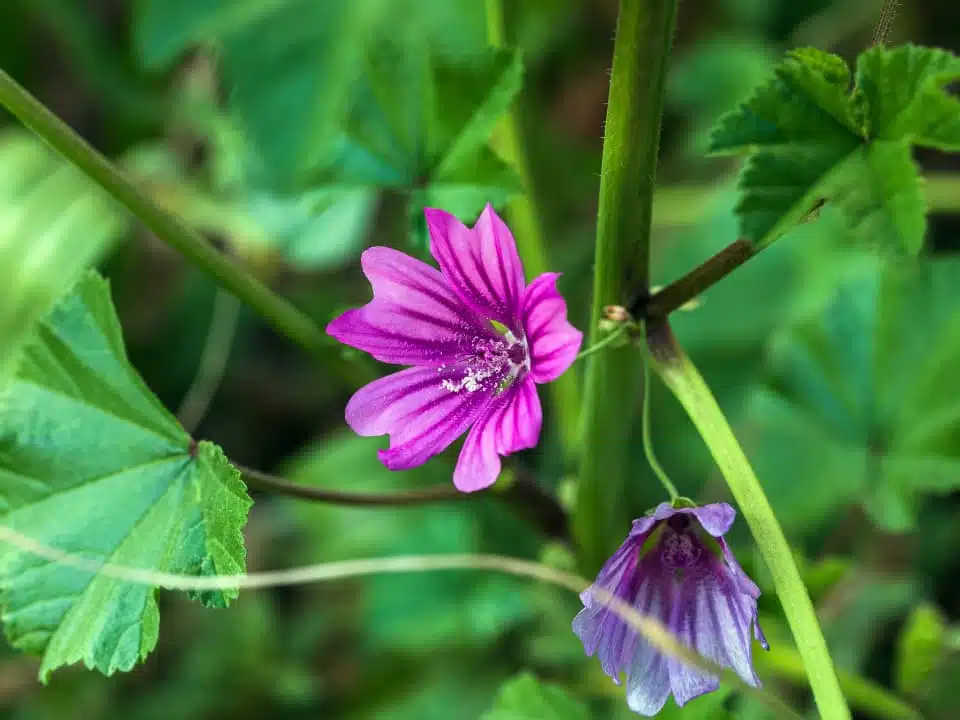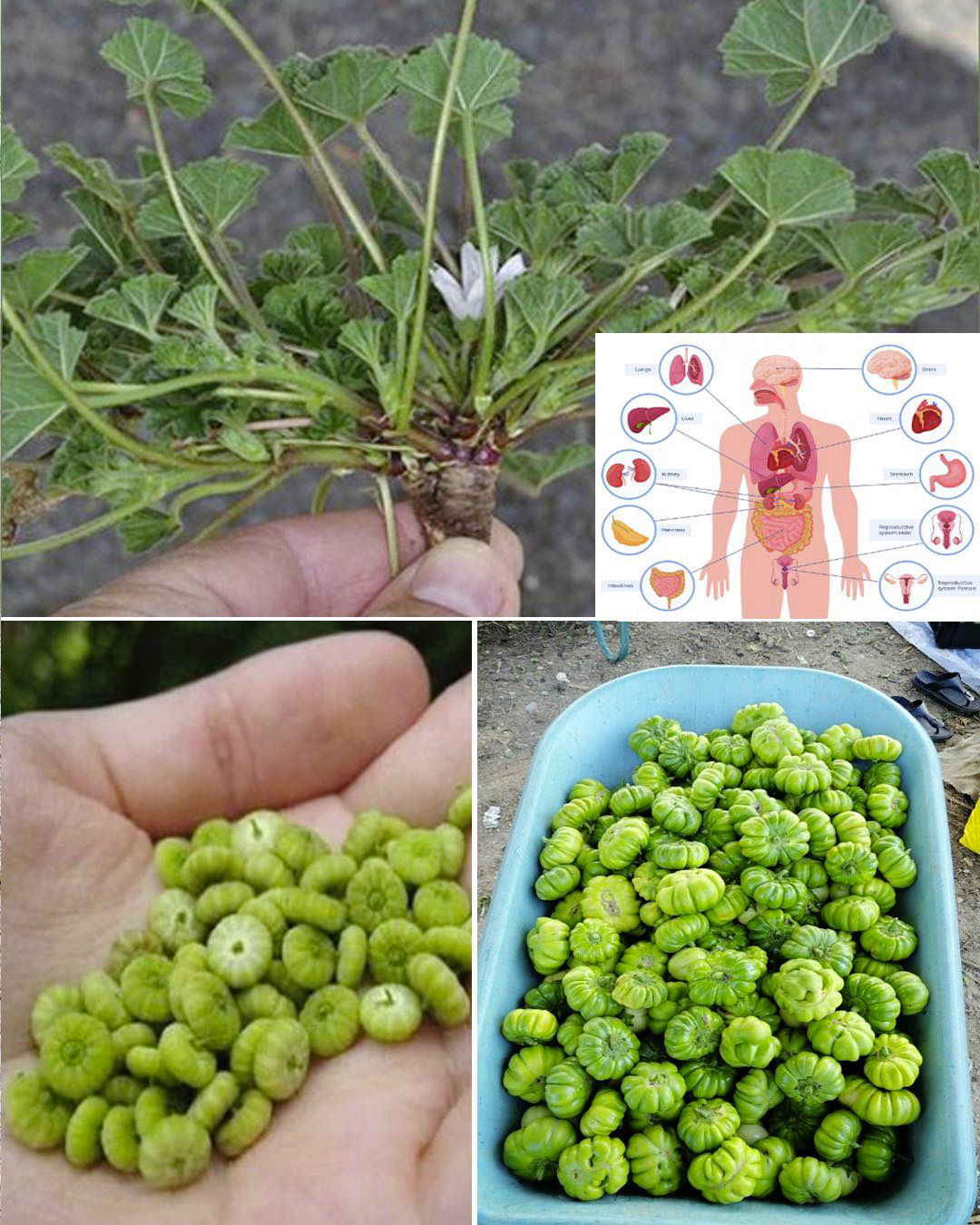Thanks to the mucilage content, it has softening properties:
Soothes irritated skin.
Moisturizes dry areas.
Soothes minor redness and insect bites.
It can also be found in some natural cosmetics in the form of cream or lotion.
What about the kitchen?
Yes, mallow is also edible.
Its young leaves can be added to salads or cooked like spinach. This is a unique way to enrich your diet with fiber and trace elements.
Quick tip: Collect hollyhock in a healthy environment, away from areas treated with pesticides or polluted.
A final word of warning

While this plant offers many benefits, caution should be exercised:
Always consult your doctor or herbalist before consuming this drink regularly, especially if you are undergoing treatment or suffering from any particular illness.
To sum up
Common mallow isn’t a weed. It’s a valuable, natural ally for your digestive system, skin, breathing… and even for adding variety to your plate.
By carefully incorporating it into your wellness routine, you will easily benefit from its many benefits.

